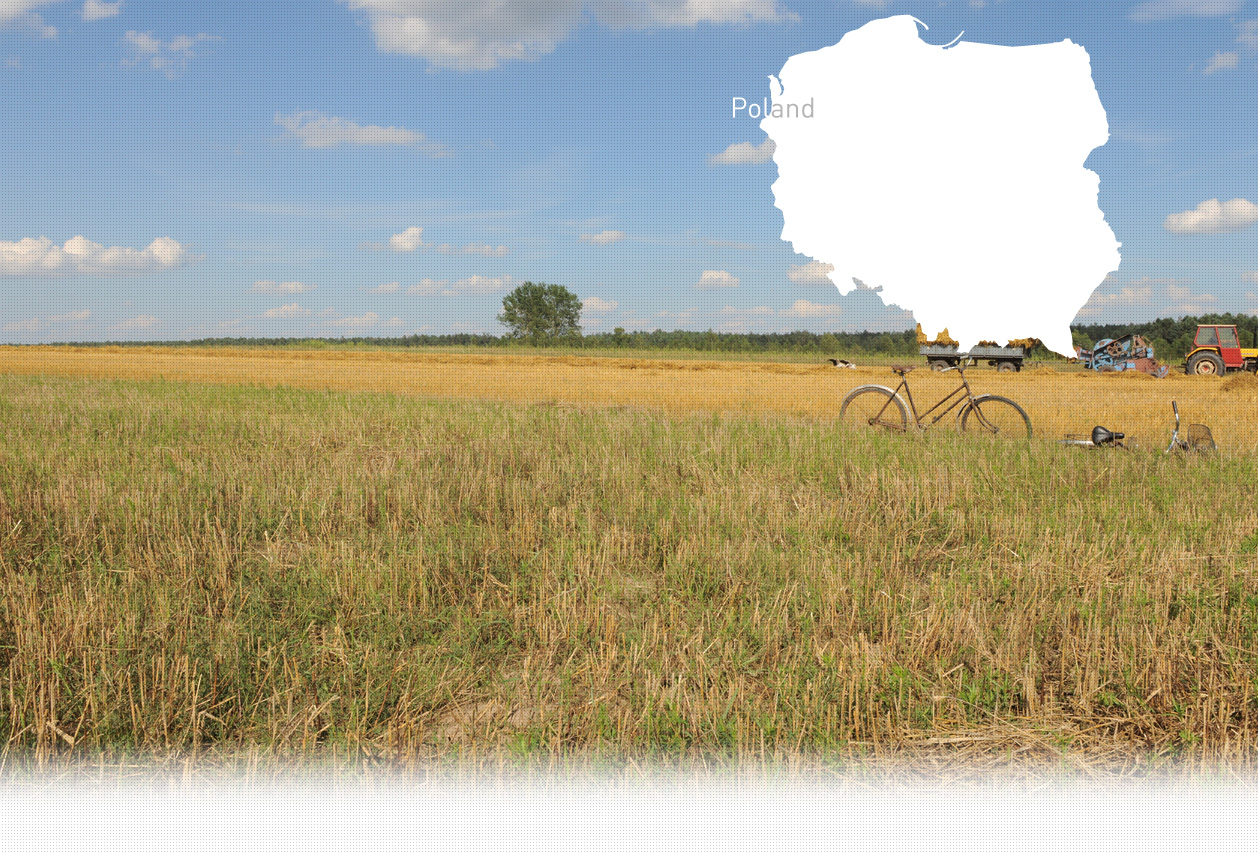

1 Killing site(s)
Antoni Z., born in 1934: “During the war, Gestapo members from Kańczuga came to Pantalowice to shoot people. The first shooting was the shooting of the Jews. They were shot and buried behind a Jewish house that belonged to a woman named Matla. The second shooting was the shooting of 6 Poles that took place in December 1942. The Germans shot the Poles because they had been accused of helping the Jews. After committing this crime, they went to a forester’s lodge near Hadle Szklarskie, where they killed another 3 people. The third shooting took place at the same location as the shooting of Jews, behind Matla’s house. 11 Poles were arrested, gathered inside the house and shot, one by one. My father was among the victims. That last execution took place on March 6, 1943. It was part of reprisals for the killing a Volksdeutche. After each shooting, local firefighters were requisitioned to bury the victims’ bodies.” (Witness N°1374P, interviewed in Pantalowice, on September 20, 2022)
“1. Date and place of execution: 10.10.1942, 6.12.1942, 6.03.1943.
2. Type of execution/shooting, hanging or other types: shooting
3. Data about the executed victims: 43 Jews and Poles were shot by the Gestapo; the bodies of the Jewish victims were buried in fields (in 3 mass graves), the Poles were buried in the cemetery.” [Court Inquiries about executions and mass graves in districts, provinces, camps and ghettos. RG-15.019M Reel#11 FILE 35, 36 and 37.pdf; p.506-505, village of Pantalowice, Przeworsk powiat, Podkarpackie voivodeship]
Pantalowice is a village in the administrative district of Gmina Kańczuga, within Przeworsk County, Subcarpathian Voivodeship, in southeastern Poland. It lies approximately 7 km (4 mi) southeast of Kańczuga, 14 km (9 mi) south of Przeworsk, and 34 km (21 mi) east of the regional capital Rzeszów.
Little is known about the pre-war Jewish community of Pantalowice. Yahad witnesses maintain that a small Jewish community lived in the village before the outbreak of the war, which was mostly engaged in small-scale trade. There was a tavern and a store in the village, both run by local Jews. There was no synagogue building, with local Jews mostly praying in private homes. The closest synagogue was in Kańczuga, a village located about 7 km from Pantalowice. In 1939, there were 964 Jews in Kańczuga, accounting for 41% of the total population. The Jews of Kańczuga were mainly engaged in small-scale trade, crafts, and agriculture. Many of them were also active in the town’s social and cultural life, and the town had several synagogues, a Jewish school, and a Jewish cemetery.
Pantalowice was occupied in September 1939. According to Yahad witness Antoni Z., born in 1934, 12 Jews were shot in Pantalowice during the German occupation. Antoni recalls that the victims were rounded up, shot and buried near a house that belonged to a Jewish woman named Matla. The bodies of the victims were exhumed after the war. During the investigation in Pantalowice, the Yahad team managed to establish that at least four Jews killed and initially buried in Pantalowice were reburied after the war in the war cemetery in Jagiełła-Niechciałki: Nadel Jankiel (39), Nadel Miechel (10), Szwarc Mendel (10) and Szwarc Pesia (40). The remaining names of Jews killed in Pantalowice during the German occupation are Juda Harmfest, Chana Nadel, Józef Hoch, Brandla and Berek Adler. All the victims were killed in 1942, but the team did not manage to establish with certitude whether they were murdered in the execution described by our witness. According to Antoni Z., some local Jewish people managed to escape and hide in nearby forests. Many Poles from neighboring villages helped their Jewish neighbors, including the Dec family who provided aid to several Jewish people hiding in the forest of Handle Szklarskie. On December 4, 1942, six Gestapo and gendarmerie officers came to Pantalowice. Nine people, including Wladyslaw Dec, were rounded up and murdered for helping the Jews. Next, the Germans left to Handle Szklarskie where they killed three other people. The fate of the Jews in hiding is unknown.
To learn more about Jews hiding in the forest of Hadle Szklarskie, please refer to Handle Szklarskie
Do you have additional information regarding a village that you would like to share with Yahad ?
Please contact us at contact@yahadinunum.org
or by calling Yahad – In Unum at +33 (0) 1 53 20 13 17